When is the best time to harvest the homegrown gems from your vegetable garden? When they’re ready. Harvesting time depends on when your seeds or seedlings hit the soil and how long it takes them to germinate. If you didn’t track the dates, simply use these tips for a kick-butt harvest.
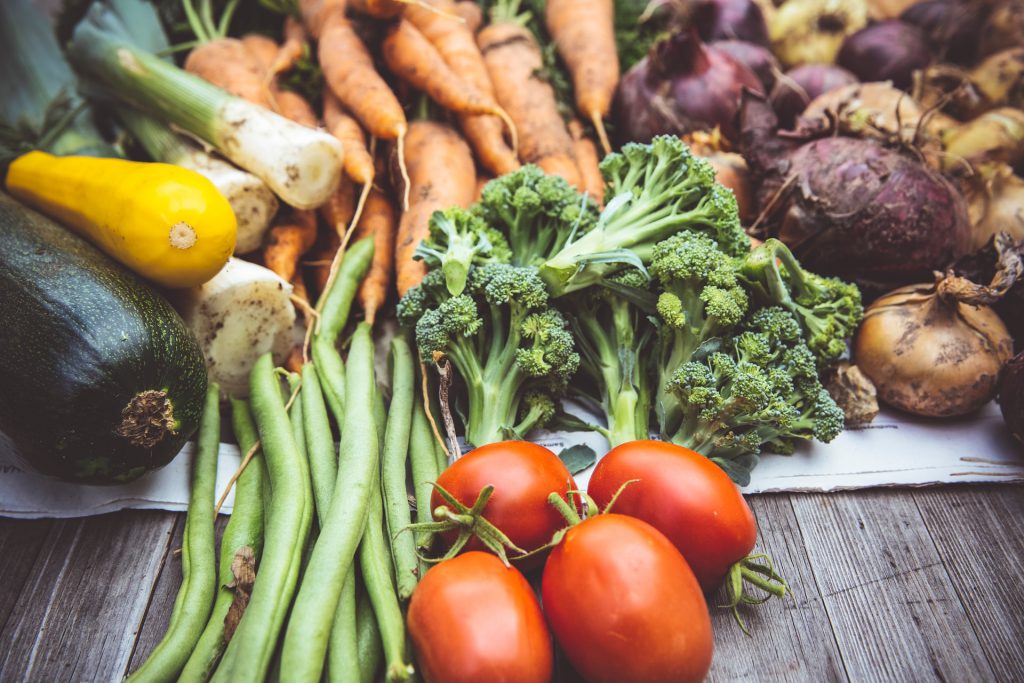
Early Cold Crops
Endive, kale, lettuce, spinach, and swiss chard. Harvest in mid-to-late May by cutting away the outside lower leaves first. These areas will regrow. Head lettuce will not produce a second head. Replanting is possible but unlikely, as early-season crops grow best in cool weather. If bolting occurs — flower stalks and seeds form — the crops will become bitter quickly, so harvest immediately.
Peas. Harvest around three weeks after flowers appear, or you’ll have tough, rubbery peas. Pea tendrils — the climbing, hair-like strands — and pea leaves are edible. Harvest pea shoots or tendrils by cutting them from the vine. Leaves and peas may be gently pinched off. Peas will continue to form until the weather reaches 80-plus degrees consistently. Dark or dull shells indicate crops are done producing.
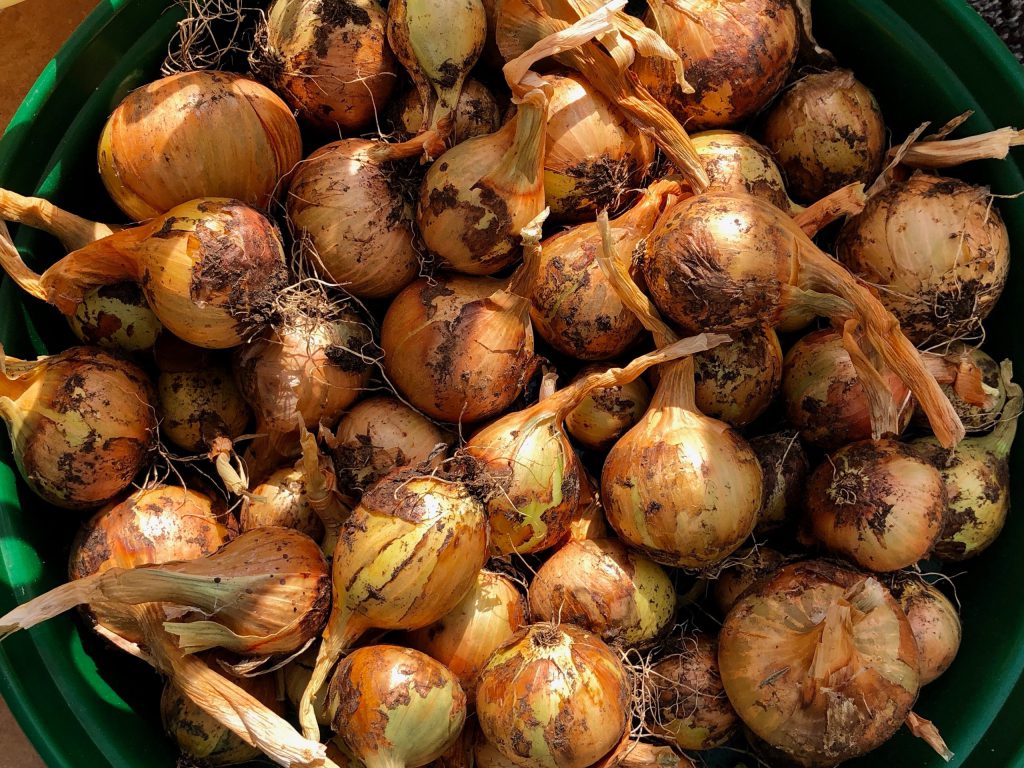
Onions. Harvest when their sizes are right for you or when the green tops turn brownish-yellow, falling to the side. Onions will continue to grow, especially with soil piled on them. Gently grab them while pulling the bottom of the greens near the soil, and pull or dig them up. Replant onions throughout the summer, but make sure soil is piled over them a few inches high to protect them from the heat.
Potatoes. Harvest when the leaf-covered, vine-like stems look dead. Test the potato’s readiness by rubbing its skin. If it peels off, the potato is still maturing. For surface-planted potatoes, grab the dead vines and gently pull upward while shaking. For soil-planted potatoes, use a shovel, pitchfork, or trowel, being careful not to slice through the potatoes. Check the entire area by digging down 4 to 8 inches. To produce a late fall harvest, plant varieties such as Nicola or Charlotte in July.
Beets, carrots, parsnips, radishes, rutabagas, and turnips. Harvest following a good rain by digging down around the veggies. Keep in mind, smaller root vegetables are generally tastier. Beets, radishes, and turnips should be about the size of golf balls. Carrots, parsnips, radishes, rutabagas, and turnips push upward as they get bigger and are ready for harvest around 1 to 2 inches in diameter. Beets, carrots, leeks, rutabagas, and turnips can be eaten from bulbs to greens. Replanting is possible but can be difficult in the hot temps of summer.
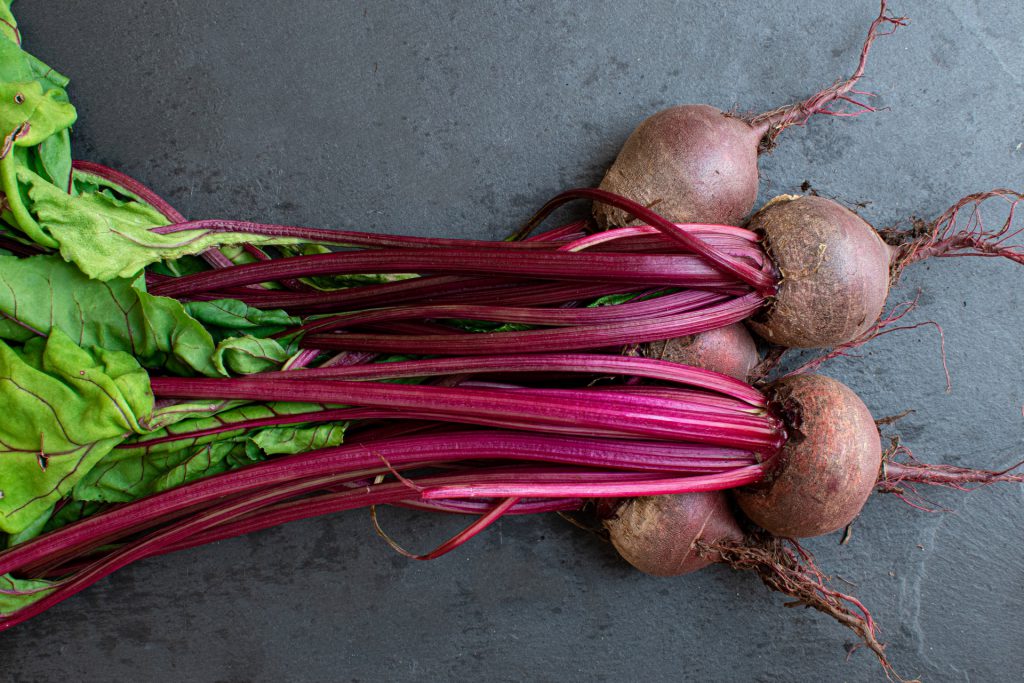
Ground Creepers
Ground creepers are fruits and vegetables such as cantaloupes, melons, watermelons, pumpkins, gourds, cucumbers, zucchini, and squash. Harvest by twisting the veggies gently, causing the stems to separate from the vines, or by letting them detach independently. Most are not replantable because of their long germination periods and aversions to heat.
Melons and cantaloupes produce a sweet aroma, and their stems turn brown, detaching from the steam easily. Pick them too early, and they will not taste sweet. Pick them too late, and they’ll be mushy. Cantaloupes are ready when their colors change from green to cream. Watermelons are very similar to cantaloupes, but their undersides should turn yellowish, and stems should easily detach from the vines. Their overall colors vary depending on the variety.
Pumpkins and gourds should be left on the vines as long as possible. Let pumpkins turn a deep orange or white, with very hard rinds and skin not easily sliced through. Gourds should be harvested when their stems dry up and turn brown. Cut the stems with a knife and handle the gourds with care, as bruising and damage can easily occur.
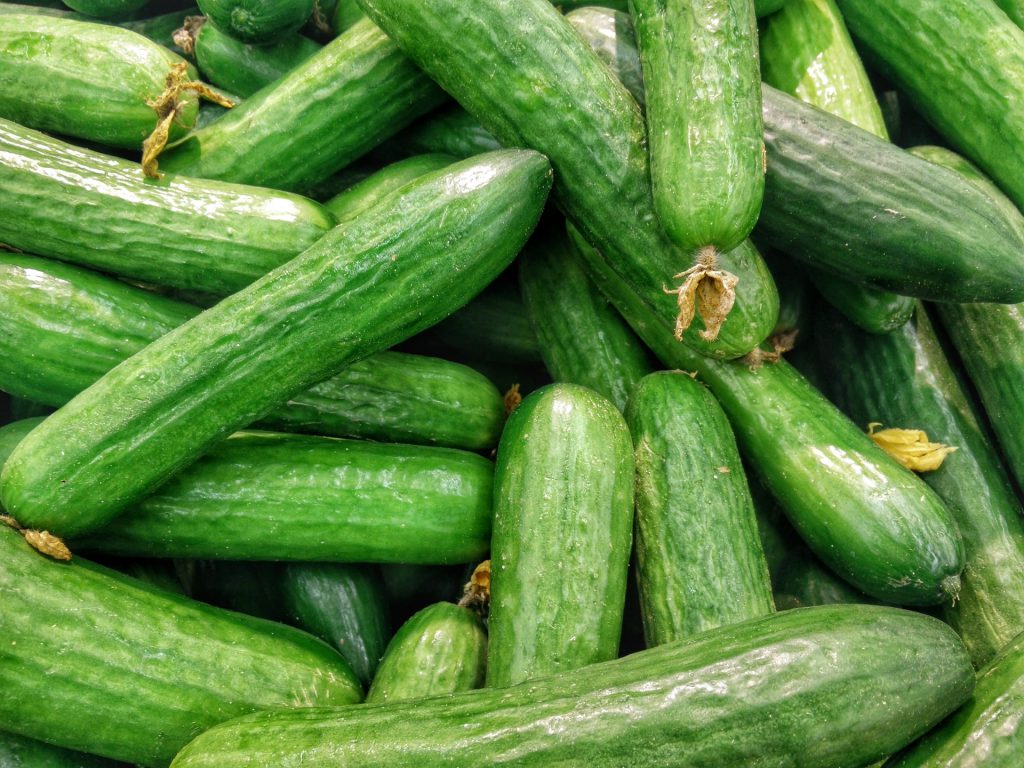
Cucumbers love to grow and will do so until picked. If left to grow too long, they will become yellowish and bitter. Pick them according to the variety, size, or what you plan to use them for. Twist them to remove the cucumbers from the vine.
Zucchini and squash should be harvested according to size and color, depending on specific varieties. If zucchinis and yellow squash grow too large, they become dry inside, with hard skins. Their skins should be easily scratched away, and they should be around 5 to 9 inches long. Some squash, such as butternut, need to grow until their skins become hard.
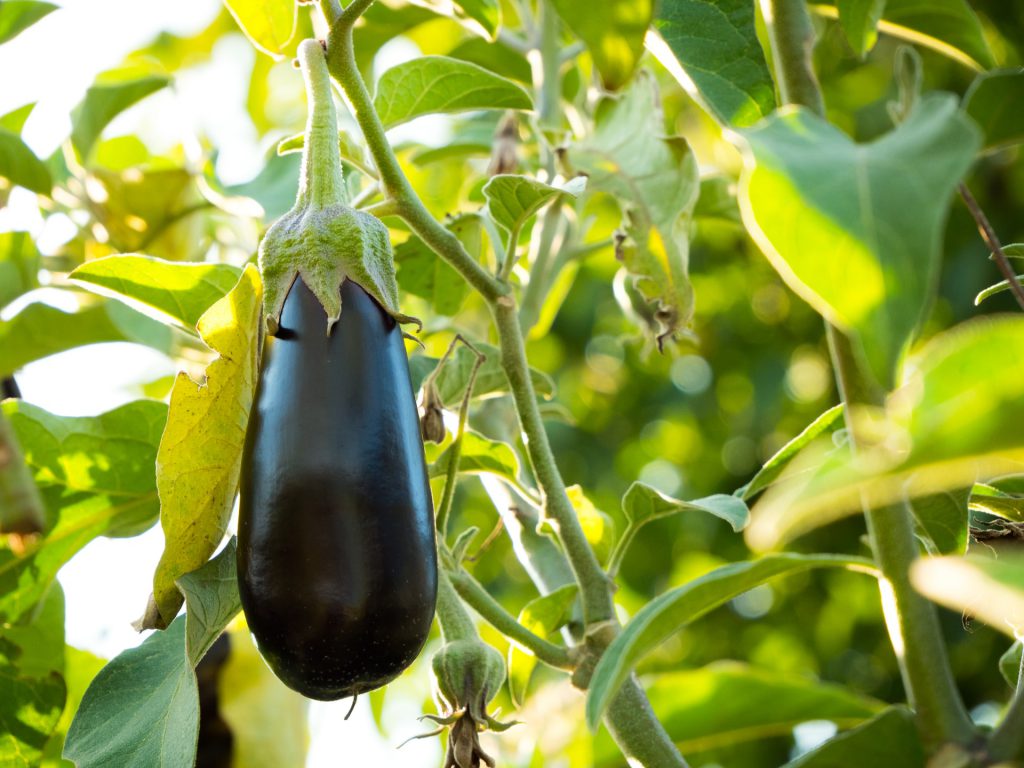
Upward Growers
Eggplants should be picked as soon as their skins are shiny and, when squeezed, no indentations remain. If you’re uncertain, make a tiny cut in the skin, looking for cream-colored insides. Dull skin colors indicate overripe fruit, and indentations from squeezing mean the fruit is not ripe. Use sharp scissors to cut the stems. Harvesting them when they’re about the size of a hand encourages more eggplants to grow. Eggplants require warm, steady weather, making a replant nearly impossible.
Tomatoes should be ready mid-to-late summer. To harvest green tomatoes, look for a slight brush of red to appear first. Gently twist the tomato from the plant. Gasses within the tomatoes cause continuous ripening to occur but result in less flavor. Harvesting tomatoes at their brightest enhances the flavor and juice content. Gently twist from the plant to harvest, as some varieties of tomatoes can bear fruit more than once. Replanting is likely not going to work, but cutting some of the undergrowth away in late August might result in regrowth in areas with an average of 85 degrees for 20 to 50 days.

Peppers vary greatly in harvest times because of their many types. Your best bet is to know what type of pepper it is and what it should look like when mature. Don’t rush the peppers — wait for their colors to change, let them grow longer rather than shorter, and use gloves for hot pepper picking. Many varieties continually reproduce, even into the fall months.
Green Beans need to be picked when they are young and tender with varying lengths. Waiting too long results in rubbery, tough, stringy beans. Bean leaves are edible. Pinch gently to remove leaves and beans. They will continue to form as long as they have plenty of water. It is not uncommon for some species of beans to produce into the early fall months.
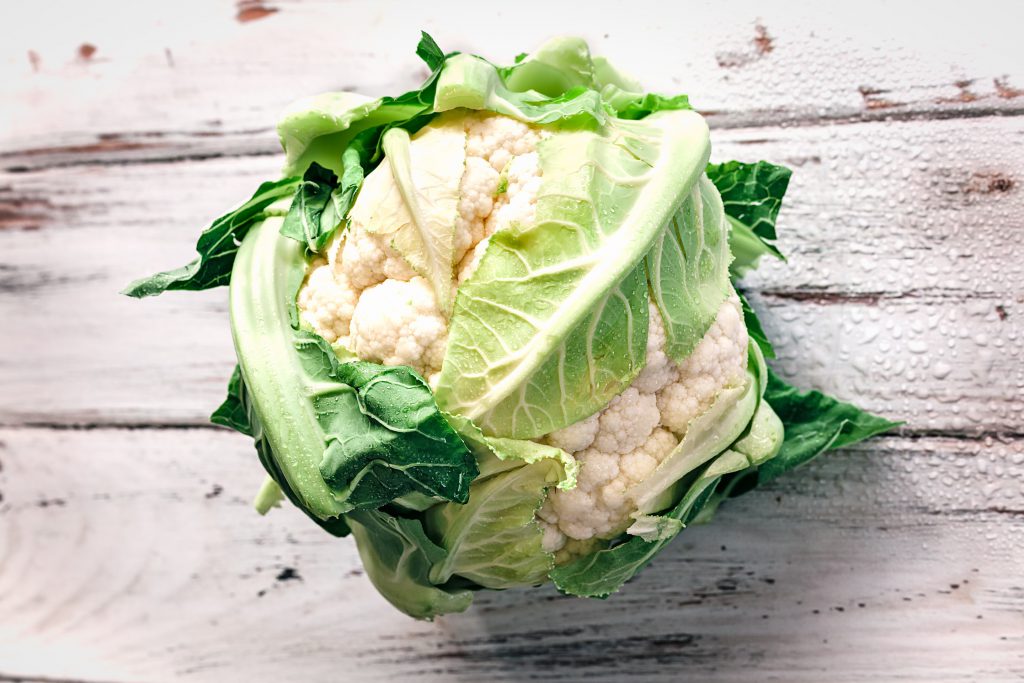
Cruciferous Veggies
Cauliflower, broccoli, cabbage, and Brussels sprouts make up the cruciferous vegetable group. Use a sharp knife to cut them away from their plants.
Cauliflower grows only one head. Harvest when it is 6 to 9 inches across and firm to touch.
Broccoli should turn dark green and have 4- to 8-inch tight heads. If flowers appear, harvest the broccoli heads immediately to prevent bitter crops. They will produce more shoots following the first harvest, but those shoots are typically smaller.

Cabbage should be harvested when it is tightly packed or firm like a baseball. If it feels loose or squishy, it is not ready. These plants produce one head, but leaving a few bottom leaf layers behind when cutting the head away may lead to another one growing.
Brussels sprouts should be twisted free from the plant when they are 1 to 2 inches wide. Always pick from the lowest level up. When you remove lower yellow leaves and sprouts, the plant is signaled to keep producing.
Read Next: Survival Garden 108: Preserving Your Harvest

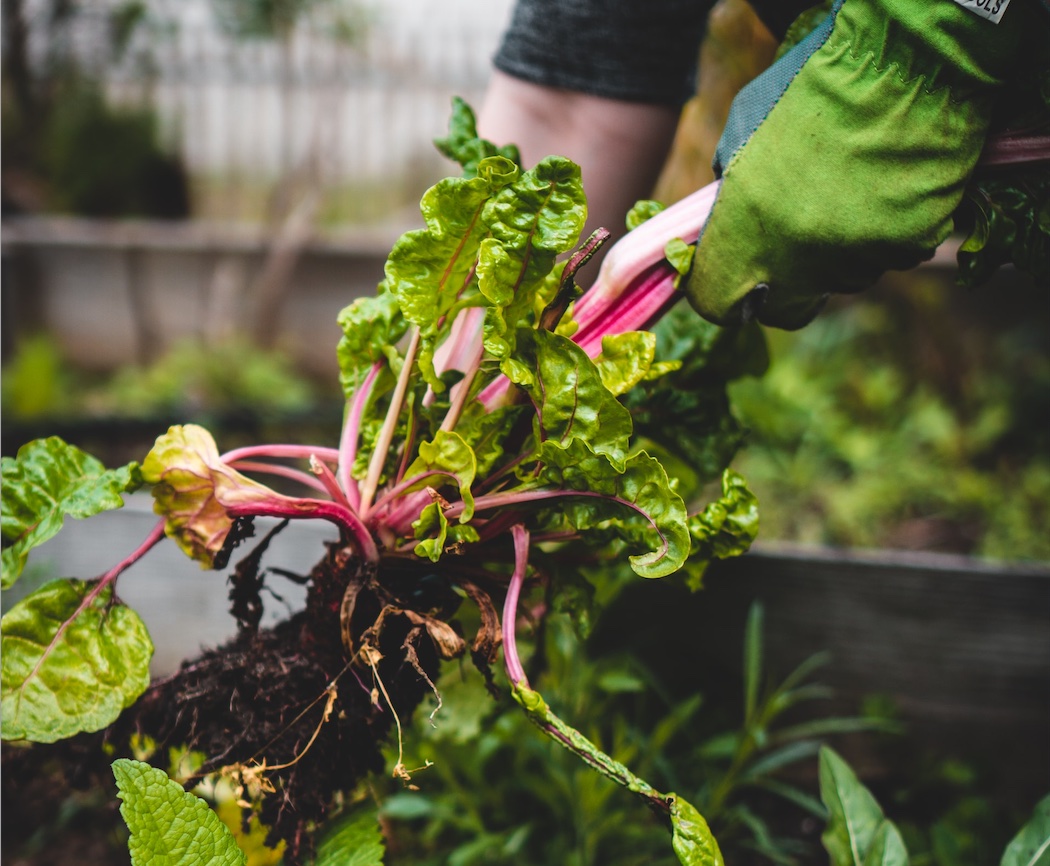

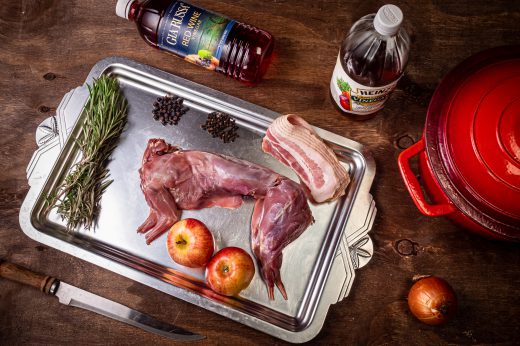
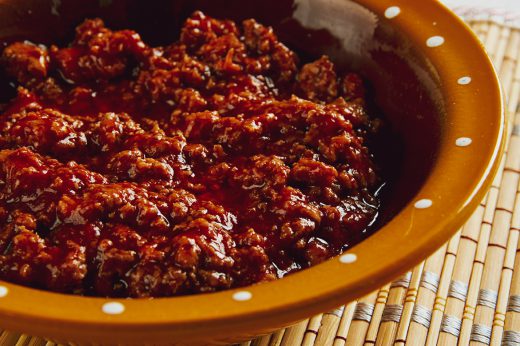
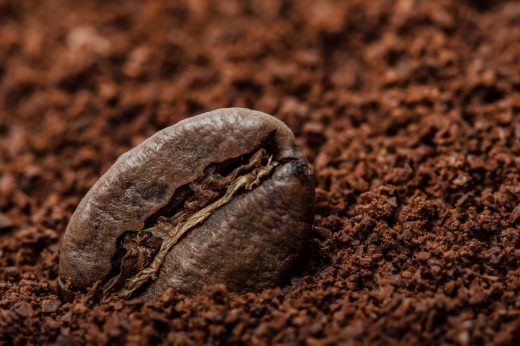


Comments